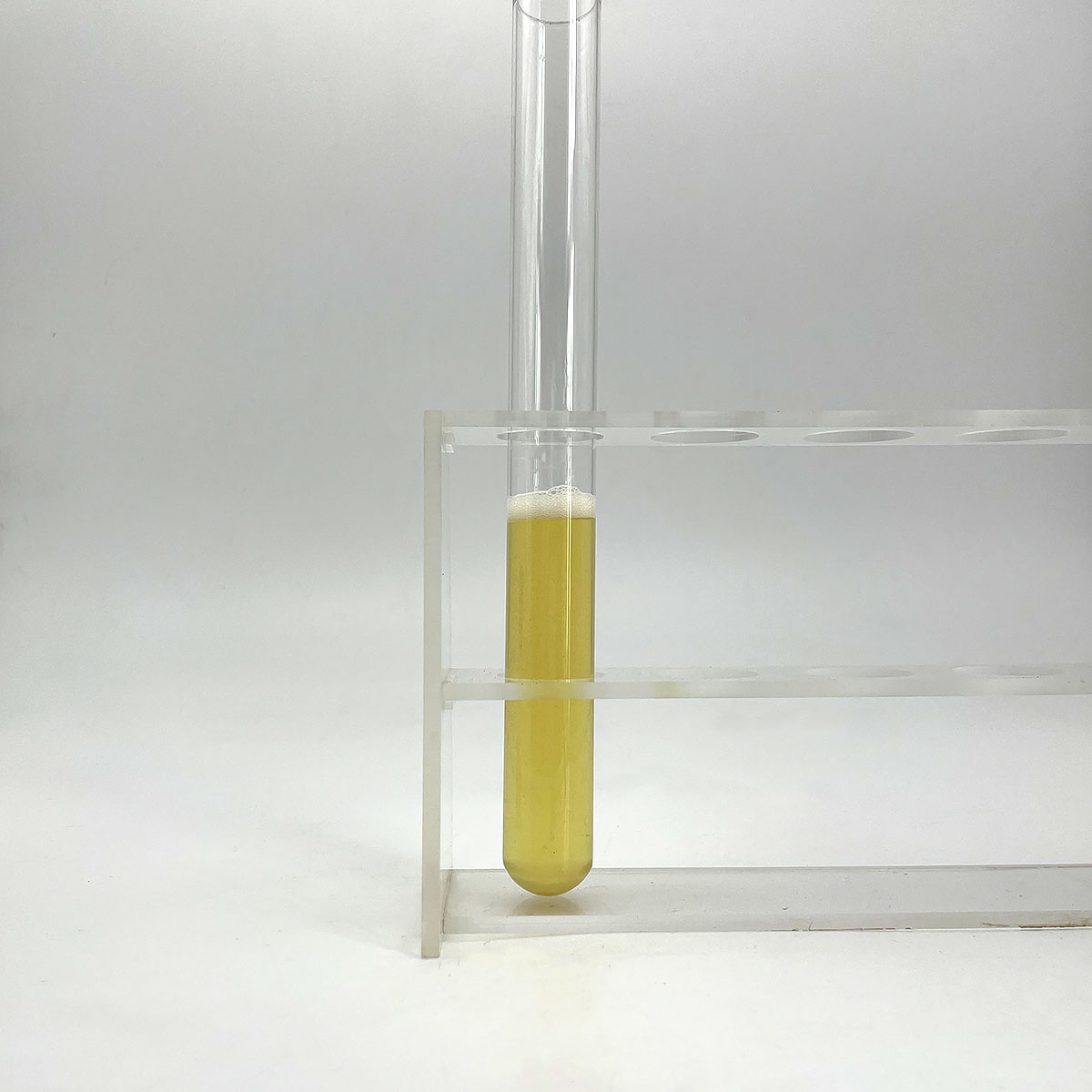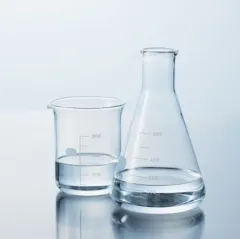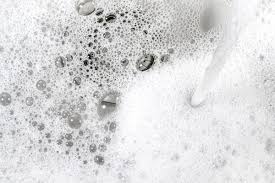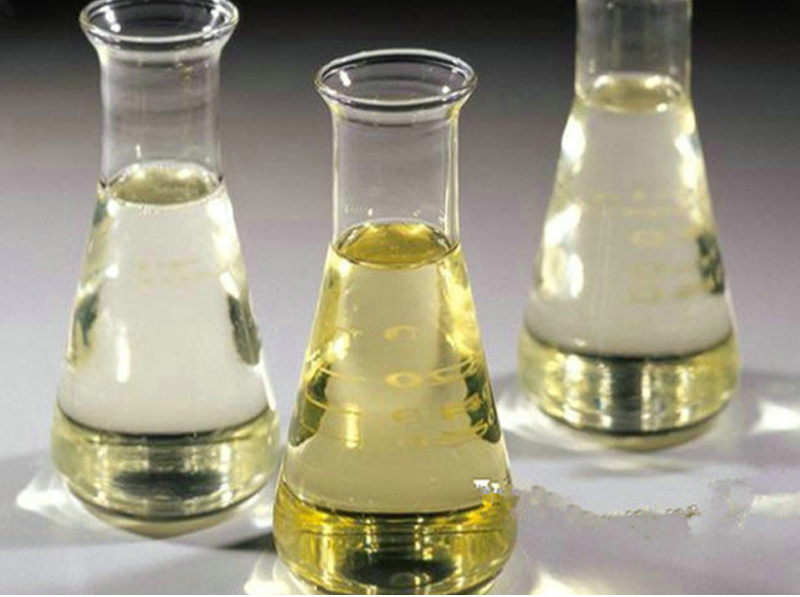**The Magic Behind Bubbles and Clean Dishes: Meet the Tiny Molecule Hero**
(What Is A Surfactant)
You know that satisfying foam on your shampoo, the bubbles in your sink, or the way grease vanishes from a pan? Thank surfactants. These little molecules are everywhere, working hard to make life less messy. Let’s break down what they do—and why you’d miss them if they vanished.
First off, “surfactant” is a fancy word for “surface-active agent.” Fancy name aside, their job is simple. They fix problems between things that don’t mix. Take oil and water. Without help, they’ll never be friends. Surfactants step in like peacekeepers. Each surfactant molecule has two ends. One end loves water. The other hates it and clings to oils or dirt. This split personality lets them bridge the gap between enemies.
Imagine washing a greasy plate. Water alone slides right off the oil. Add soap, though, and everything changes. Soap’s surfactants surround grease particles. The oil-loving ends stick to the mess. The water-loving ends face outward. Now water can rinse the whole bundle away. It’s like wrapping trash in a bag before tossing it out.
Surfactants don’t just clean. They also make bubbles. When you agitate them—like scrubbing your hands—they trap air in tiny pockets. That’s why shampoo lathers and dish soap suds up. No surfactants, no foam parties. They even soften clothes. Ever notice how fabric softeners make towels fluffy? Surfactants coat fibers, stopping them from getting stiff as they dry.
These molecules aren’t picky about where they work. You’ll find them in toothpaste, where they help spread the paste evenly. They’re in lotions, helping moisture sink into skin. Farmers use them in pesticides to make sprays stick to leaves. Firefighters rely on surfactant-filled foams to smother flames. Even ice cream gets creamier thanks to surfactants stopping ice crystals from forming.
How do they manage all this? It’s about surface tension. Water molecules cling tightly to each other, creating a sort of “skin” on the surface. Surfactants weaken this grip. Think of a water strider bug skating on a pond. Add surfactant, and the bug would sink. The molecules break the tension, letting water spread and mix instead of beading up.
Not all surfactants are the same. Some are harsh, like the ones in heavy-duty cleaners. Others are gentle, perfect for baby shampoo. They come from different sources too. Traditional ones are often petroleum-based, but plant-derived versions (like coconut or corn) are rising in eco-friendly products. Scientists keep tweaking them to work better without harming the environment.
Ever wonder why some soaps leave your skin dry? Blame the surfactant type. Strong ones strip away natural oils along with dirt. Milder options clean without over-drying. It’s a balance—getting rid of grime but keeping skin happy. Next time you buy cleanser, check the label. Words like “sodium lauryl sulfate” or “cocamidopropyl betaine” signal which surfactants are inside.
Surfactants have a dark side. Some don’t break down easily, polluting rivers and harming fish. Regulations now push for biodegradable formulas. Innovations include “green surfactants” made from sugar or algae. The goal? Keep their superpowers without the environmental hangover.
(What Is A Surfactant)
From your morning shower to the laundry room, these tiny workhorses never stop. They’re the reason paint sticks to walls, ink flows smoothly in pens, and fries don’t stick to the pan. Quiet, invisible, but utterly essential—surfactants are the unsung heroes of smooth, functional living. Next time you see bubbles in your sink, give a nod to the science that made it possible.
Inquiry us
if you want to want to know more, please feel free to contact us. (nanotrun@yahoo.com)



